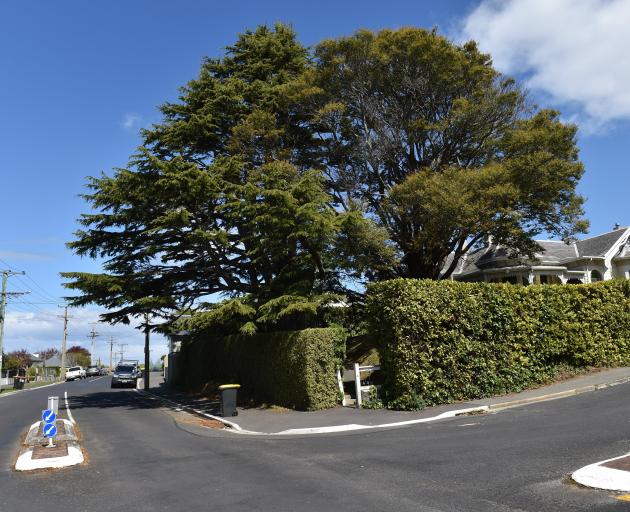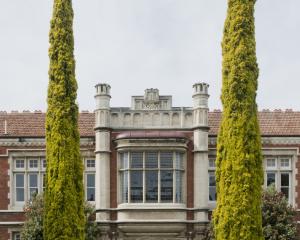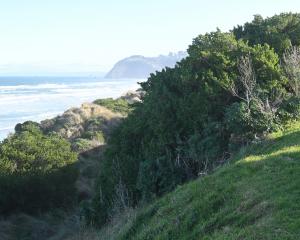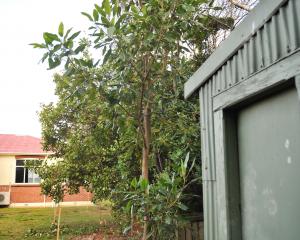

Elsewhere in the tropics, trees and leaves are barely visible on the flags of a few small countries such as Belize, El Salvador, Haiti, the Dominican Republic, Equatorial Guinea and Eritrea.
There is, of course, the Canadian flag with its prominent red maple leaf, and the flag of Cyprus showing the island cradled in olive tree branches. Very few show a whole tree - or at least the part above ground that we see.
As I wrote recently, the Norfolk Island pine takes centre stage on that island’s flag, but Norfolk Island is officially part of Australia. So the prize for the best image of a tree on a national flag goes to ... Lebanon.
An awful explosion in Beirut on August4 focused the world’s attention on this little nation of nearly 7million people. Lebanon is not much larger than the combined areas of Dunedin City and the Clutha district, but what a rich and fascinating history it has.
Byblos, a city of about 100,000 people on Lebanon’s Mediterranean coast, has been continuously inhabited since 5000 BC - a record few cities in the world can match.
Two other coastal centres, Tyre and Sidon, are famous Phoenician cities mentioned in the Bible and other ancient records. The Phoenicians were renowned seafarers, and the alphabet has its origins in the Phoenician alphabet. Hittites, Babylonians, Persians, Egyptians, Greeks, Romans, Arabs, Crusaders, Ottomans and the French have all lingered in Lebanon and left their cultural influences.

Earlier this year, "Wordways" columnist Dr John Hale wrote a wonderful article about the Cedars of Lebanon Grove in the Dunedin Botanic Garden. As well as the bronze cedar cone he described, there are two vigorous young cedars of Lebanon in the grove. Dr Hale explained that "cedar" came from the Greek "kedros", and that "Lebanon" comes from the Phoenician root "LBN", meaning white - referring to the snowcapped mountains where a few of the cedars still grow.
Outside the natural stands of cedars, it’s a brave person who claims they can tell one species of cedar from another at a distance. There used to be a rough rule of thumb along the following lines: A for Atlas cedars (Cedrus atlantica) and ascending branches; D for deodars (Cedrus deodara) and drooping branches; and L for Lebanese cedars (Cedrus libani) and level branches. Unfortunately, nature doesn’t care about our rules, so it’s not quite as simple as that.
There are some impressive cedars in Otago gardens that are almost certainly cedars of Lebanon.
My favourite is a specimen growing beside a drainage channel in the East Taieri Cemetery. Although this tree is relatively young, it has adopted the classic pose of a Lebanese cedar, with its tiered lower branches and flattened plates of foliage. Closer to Dunedin’s urban centre, there’s a stately mature cedar of Lebanon on the corner of Bellevue St and Granville Tce.
No doubt such trees are freighted with deep meanings and emotions for the many local descendants of the city’s Lebanese immigrants.













